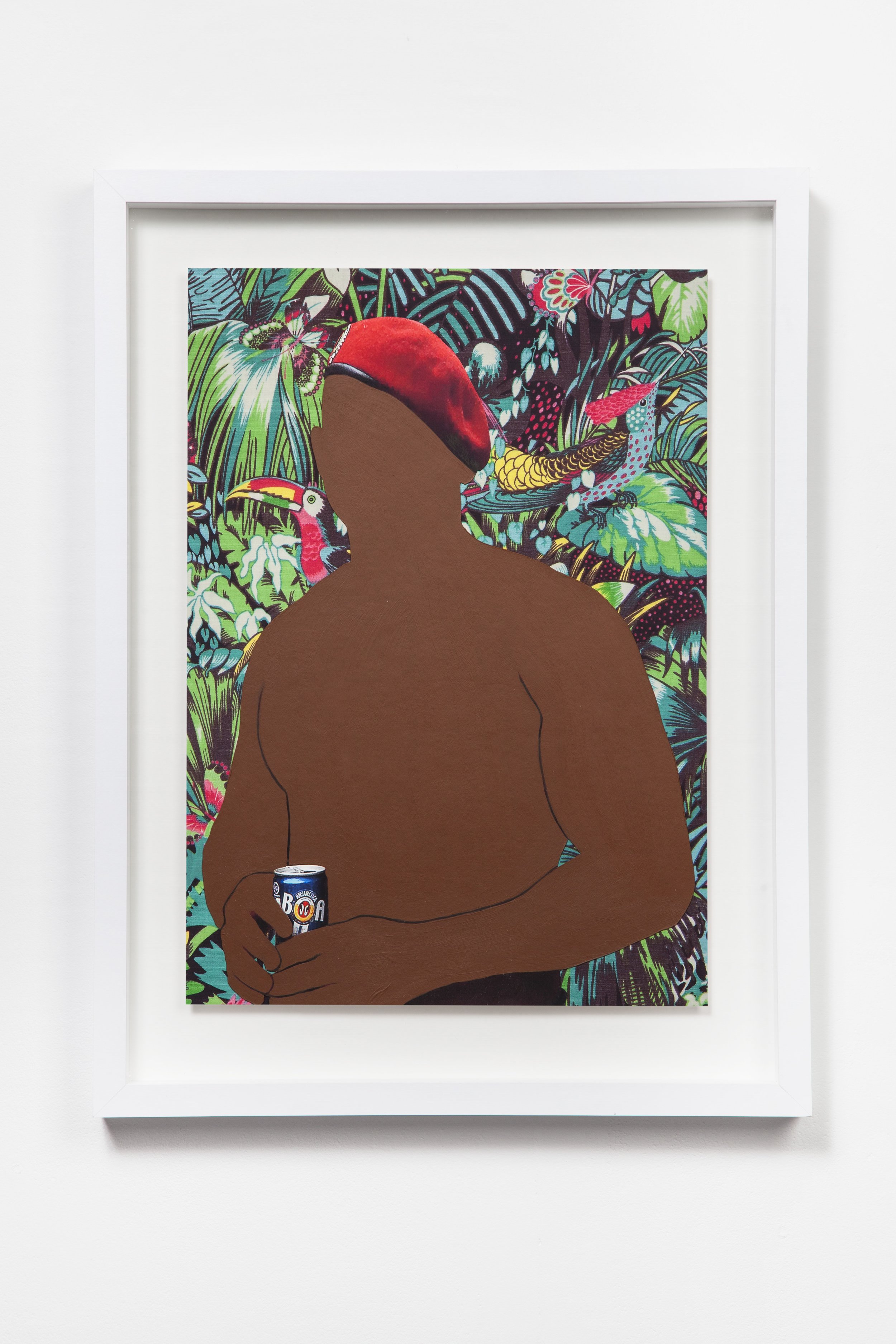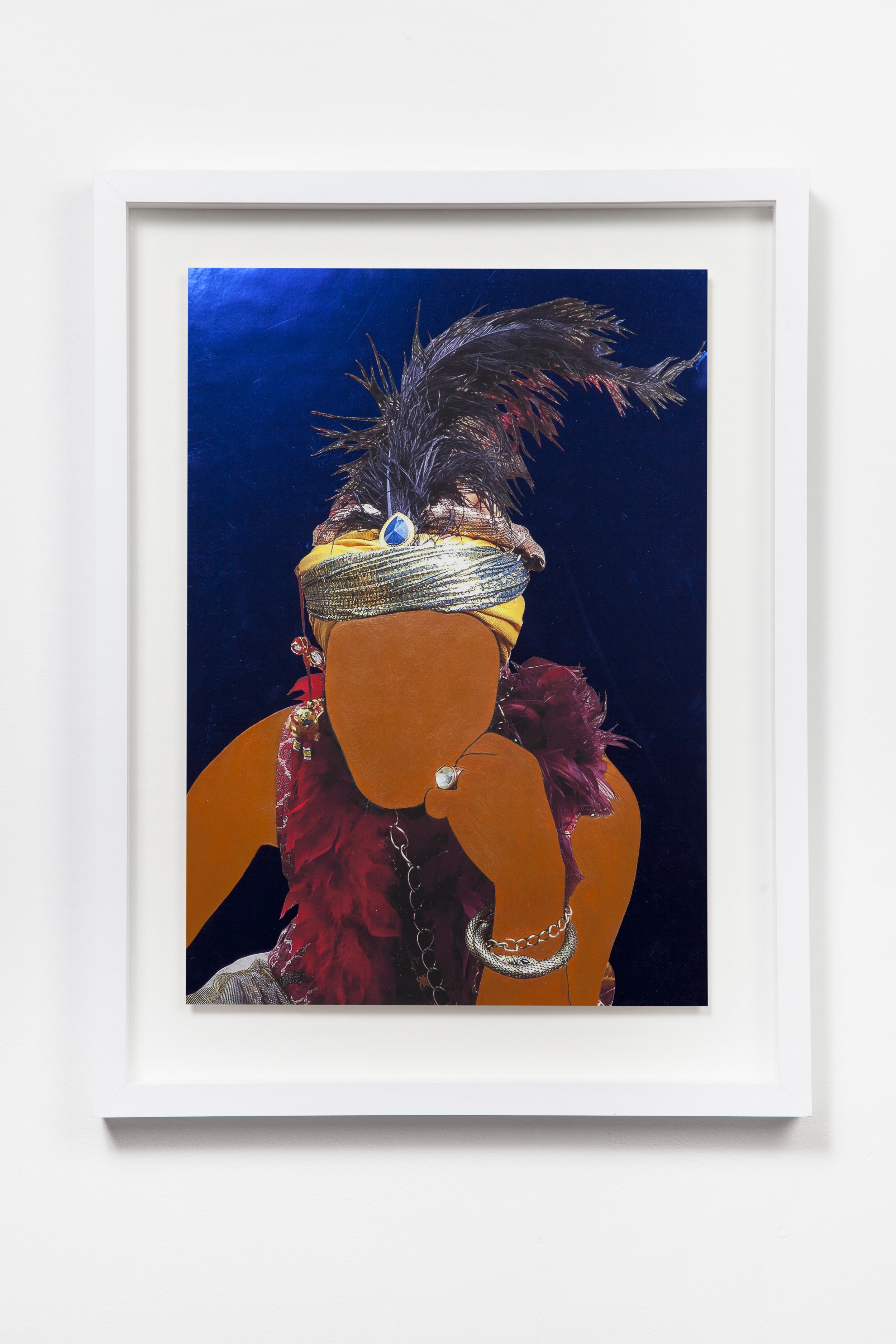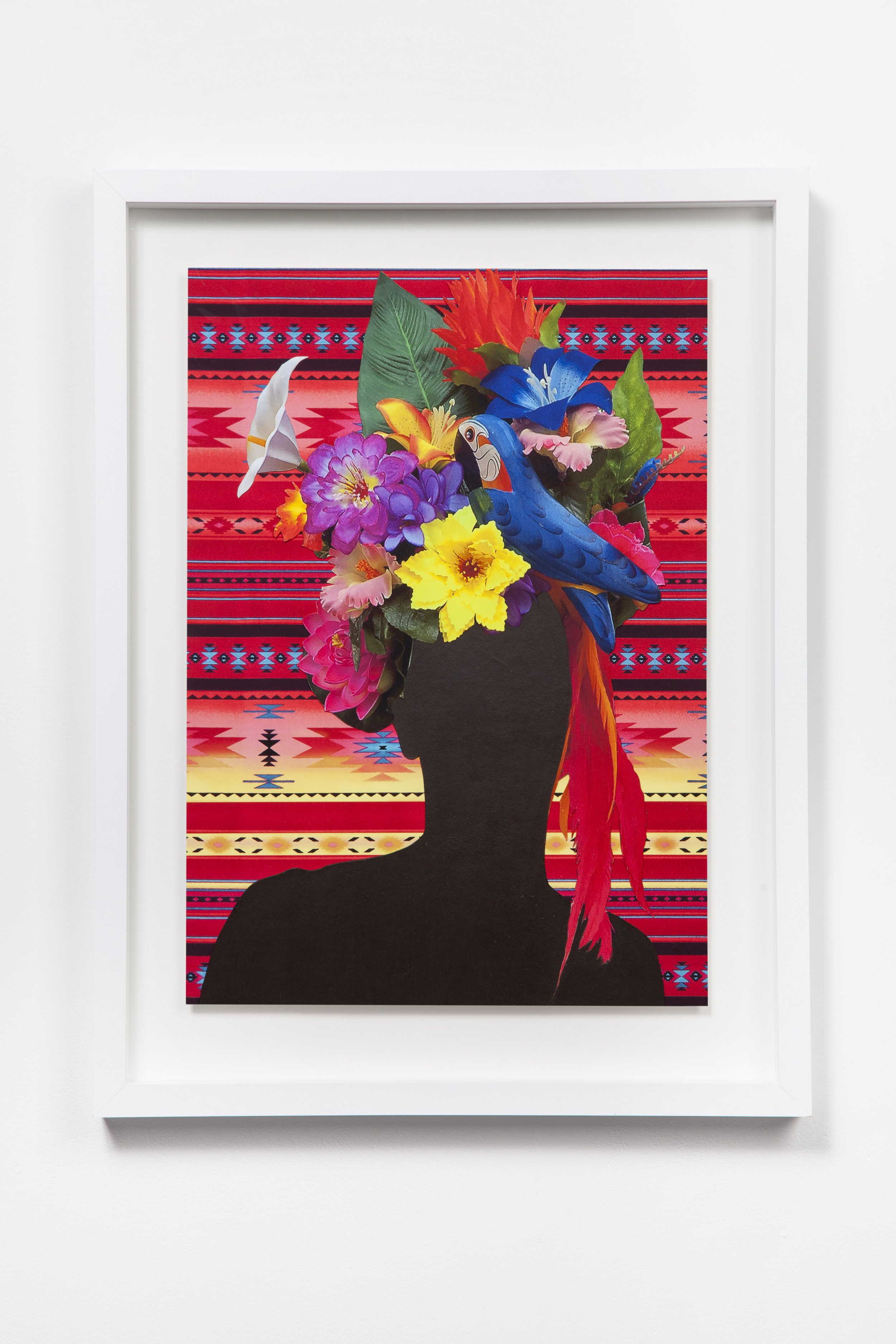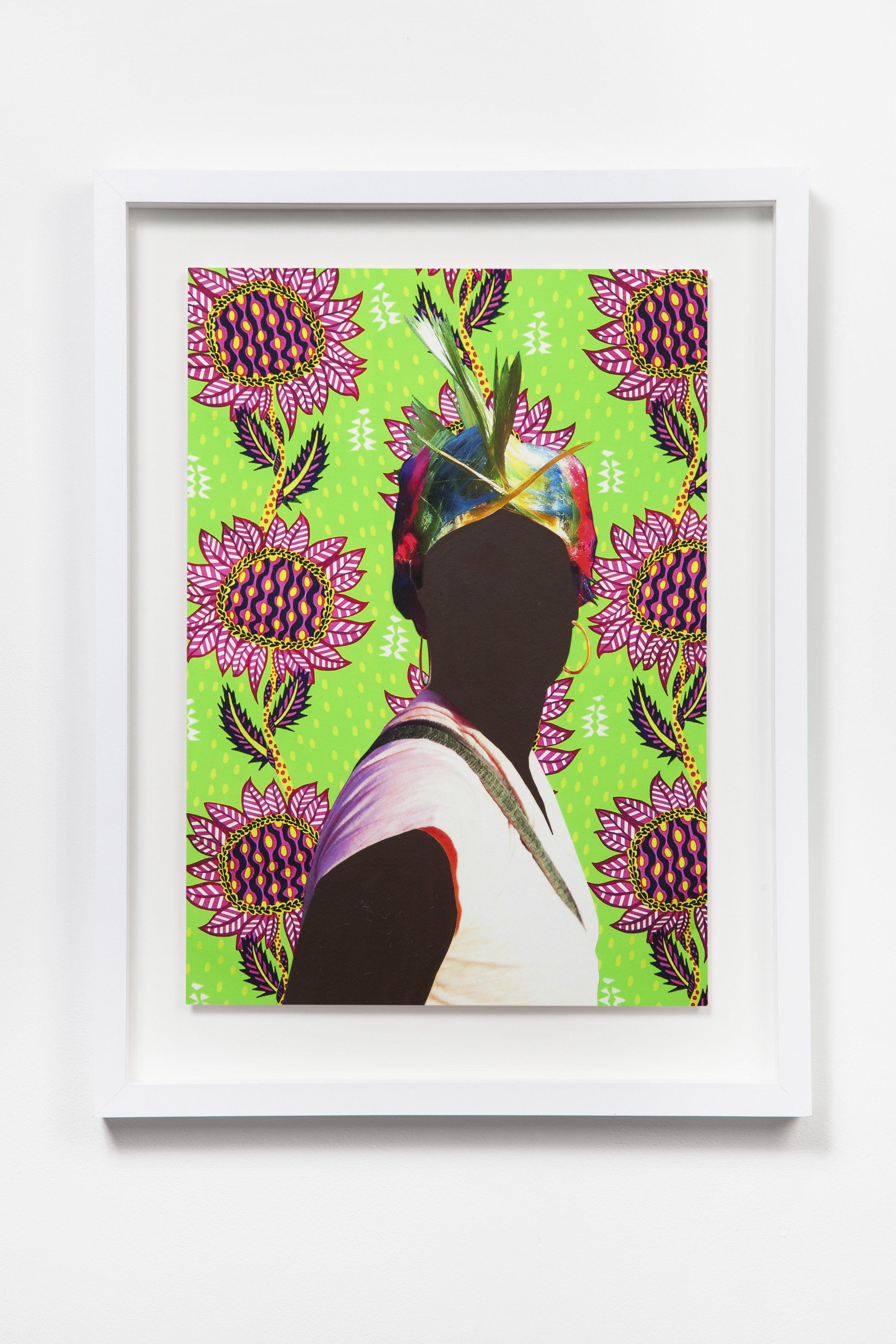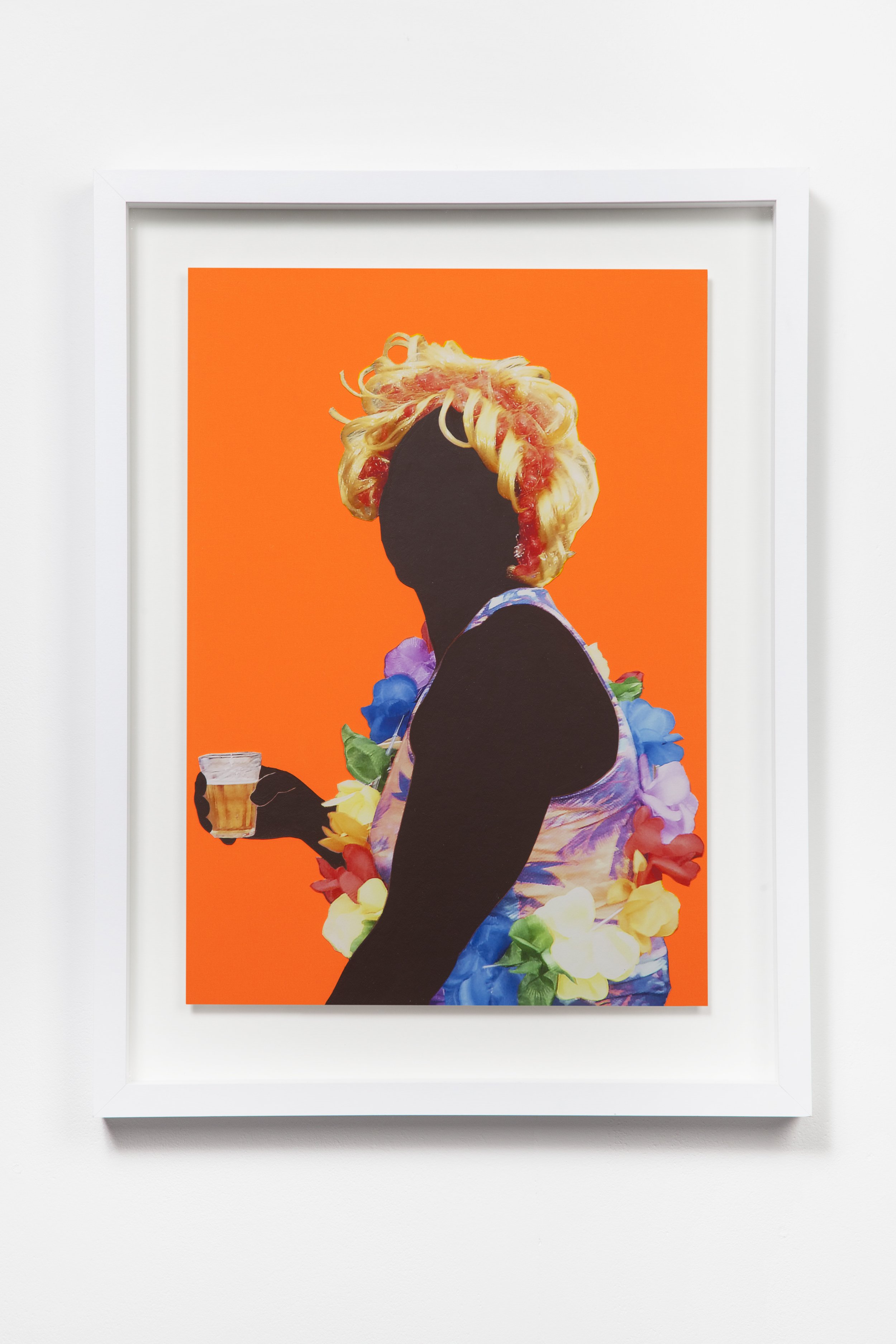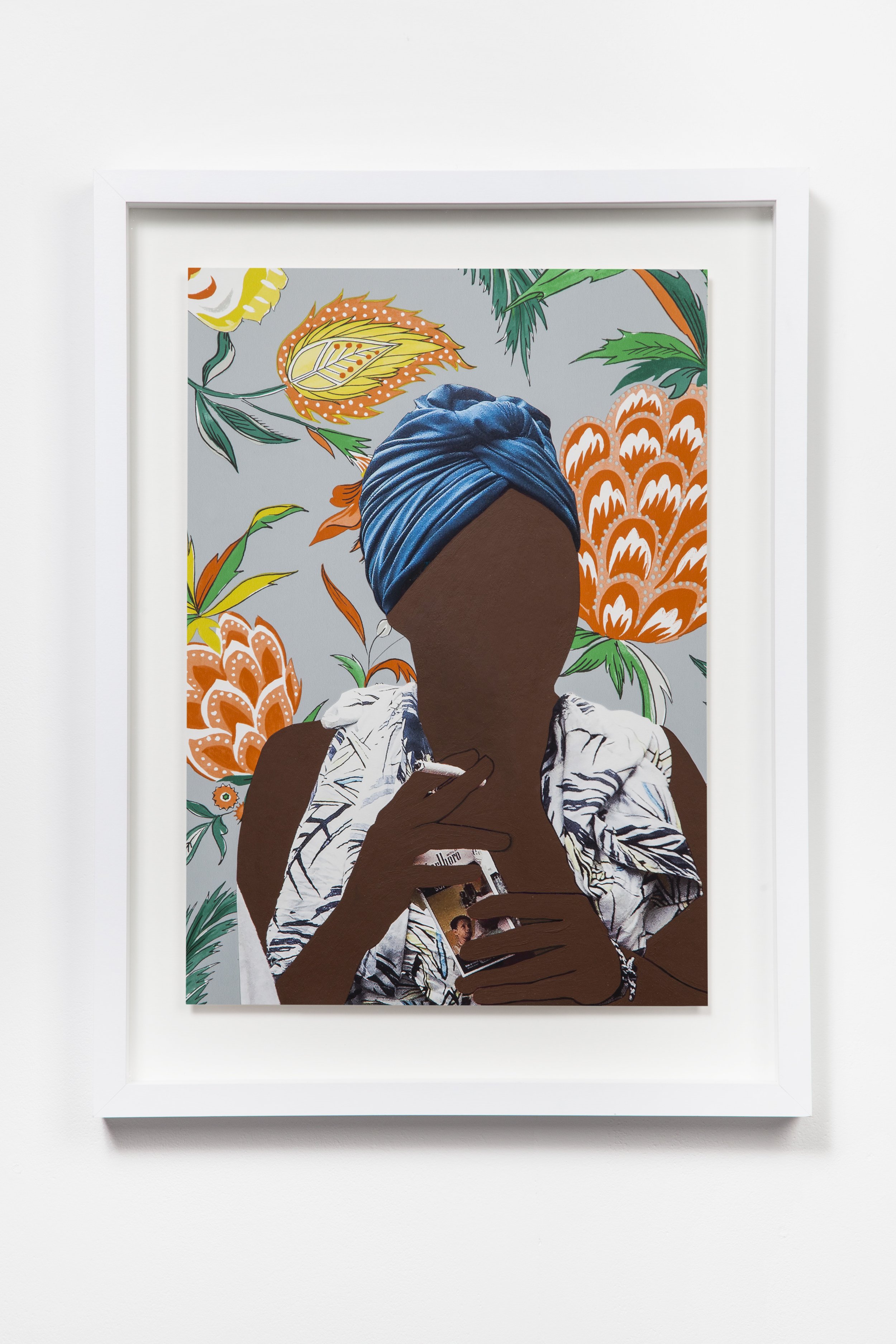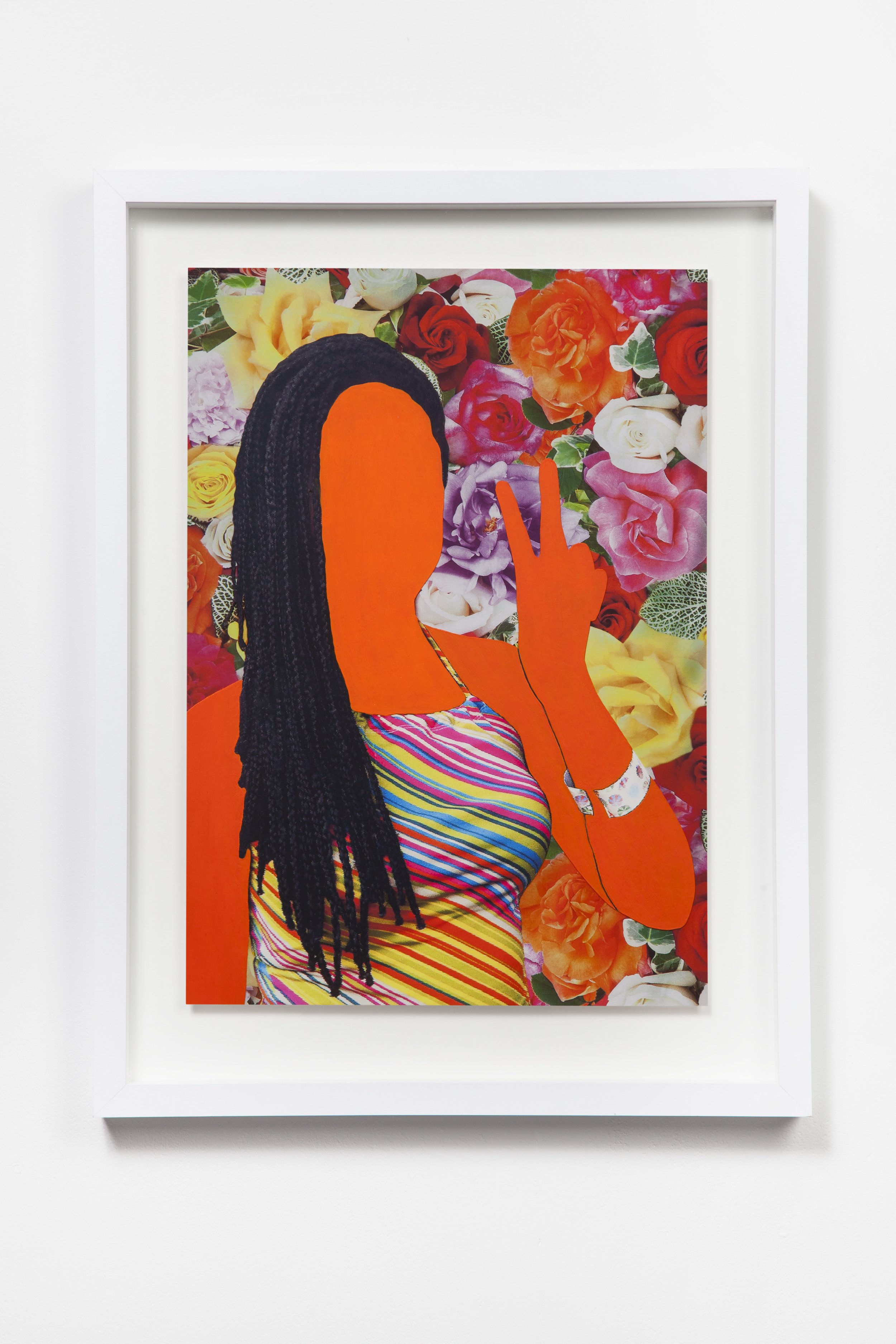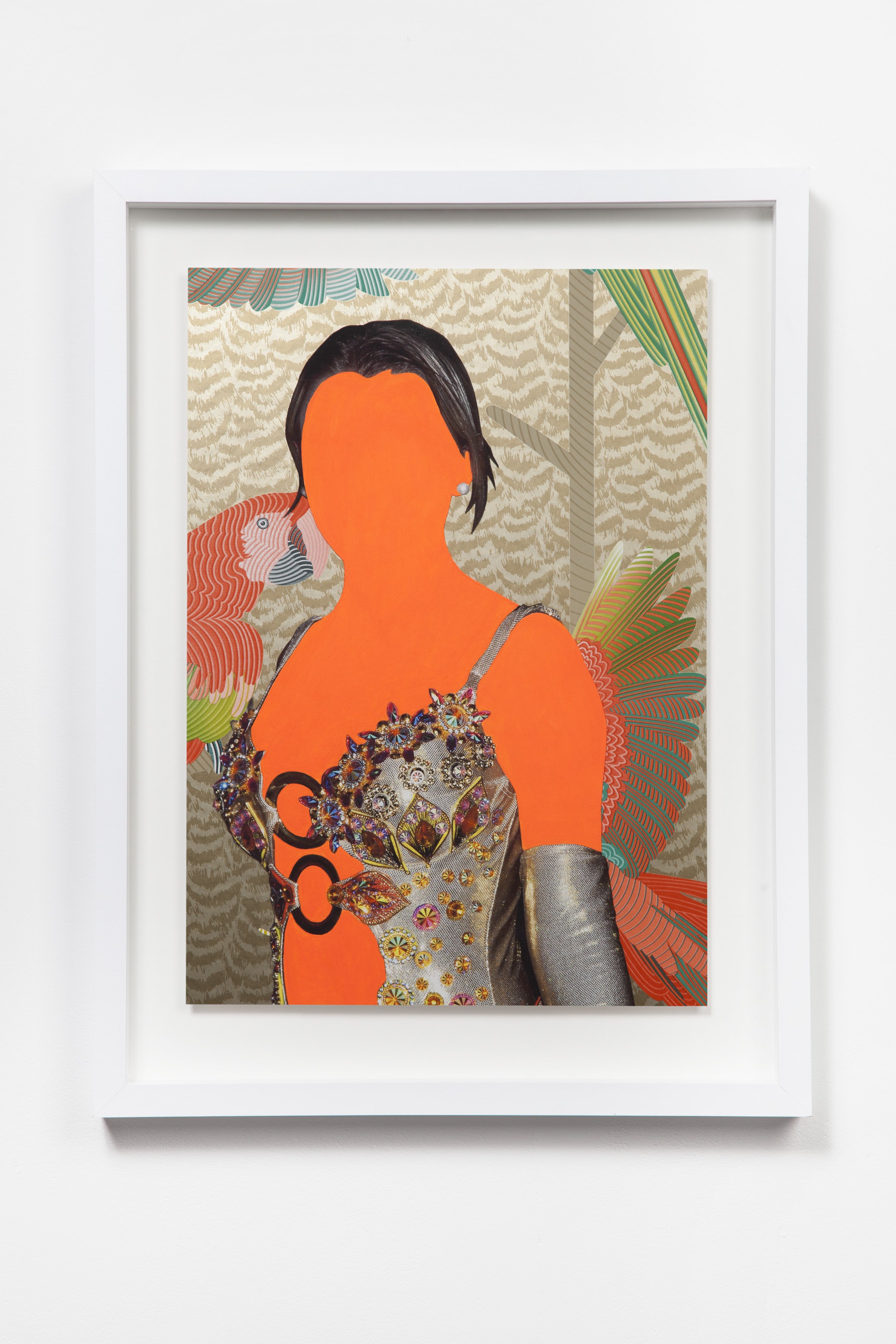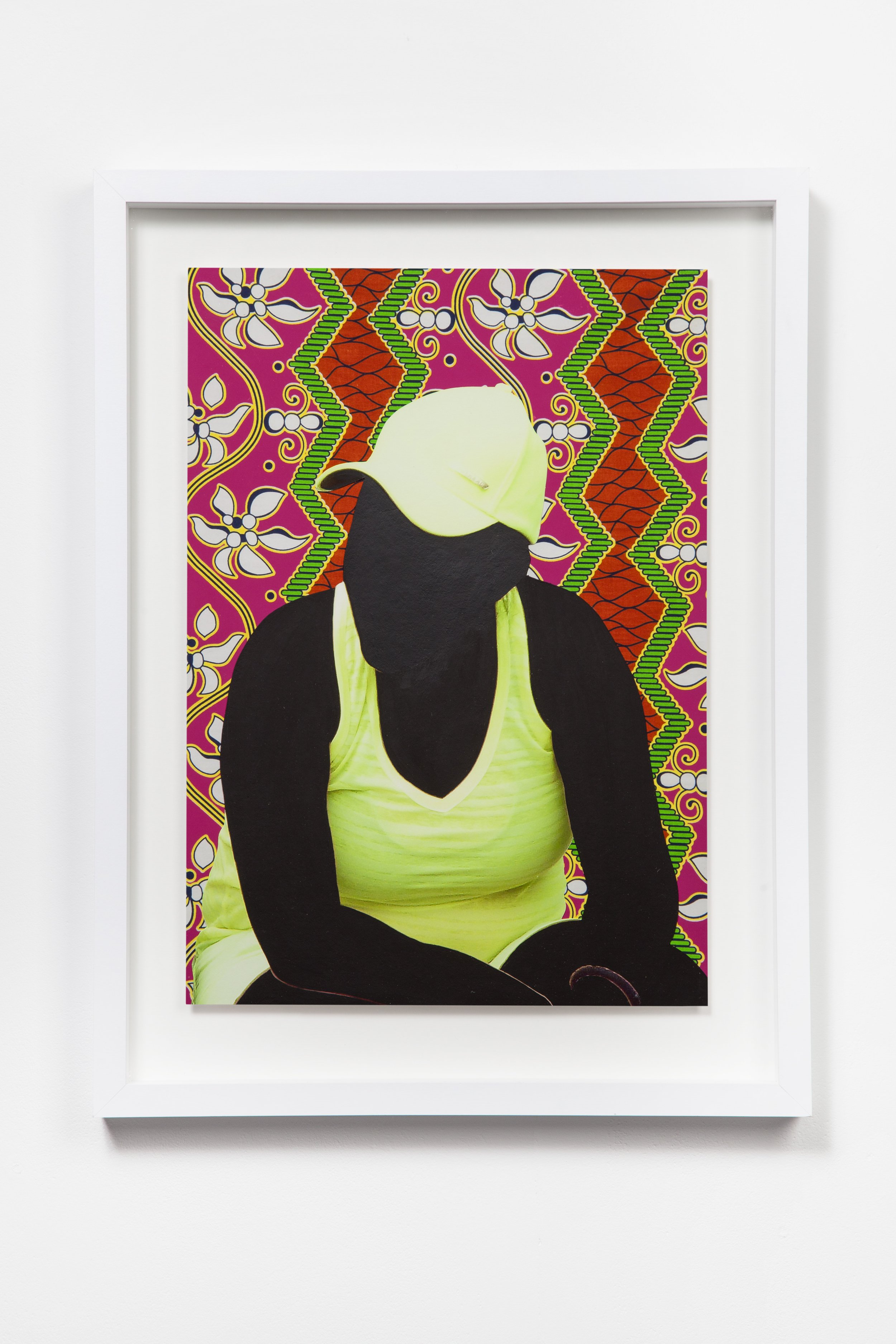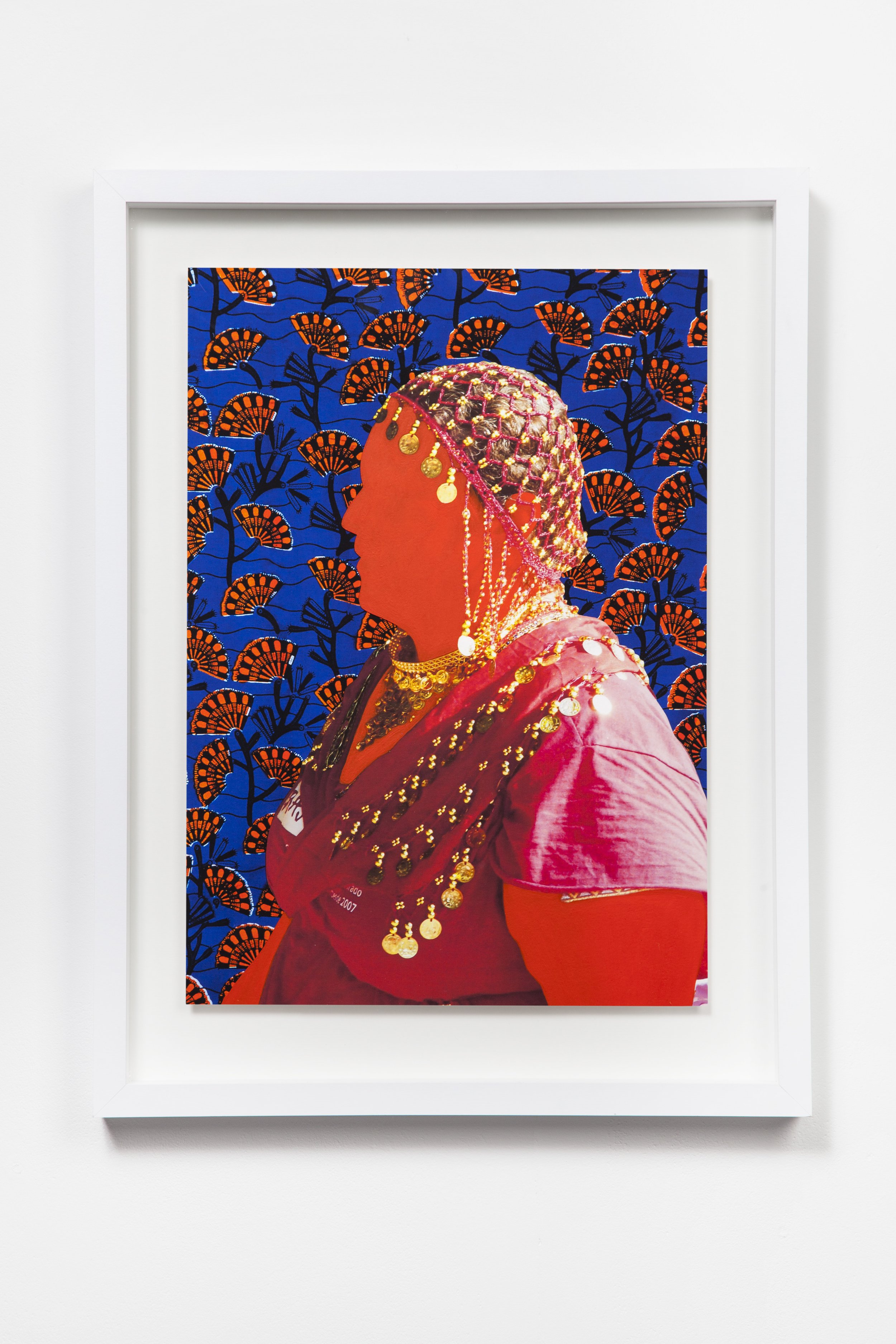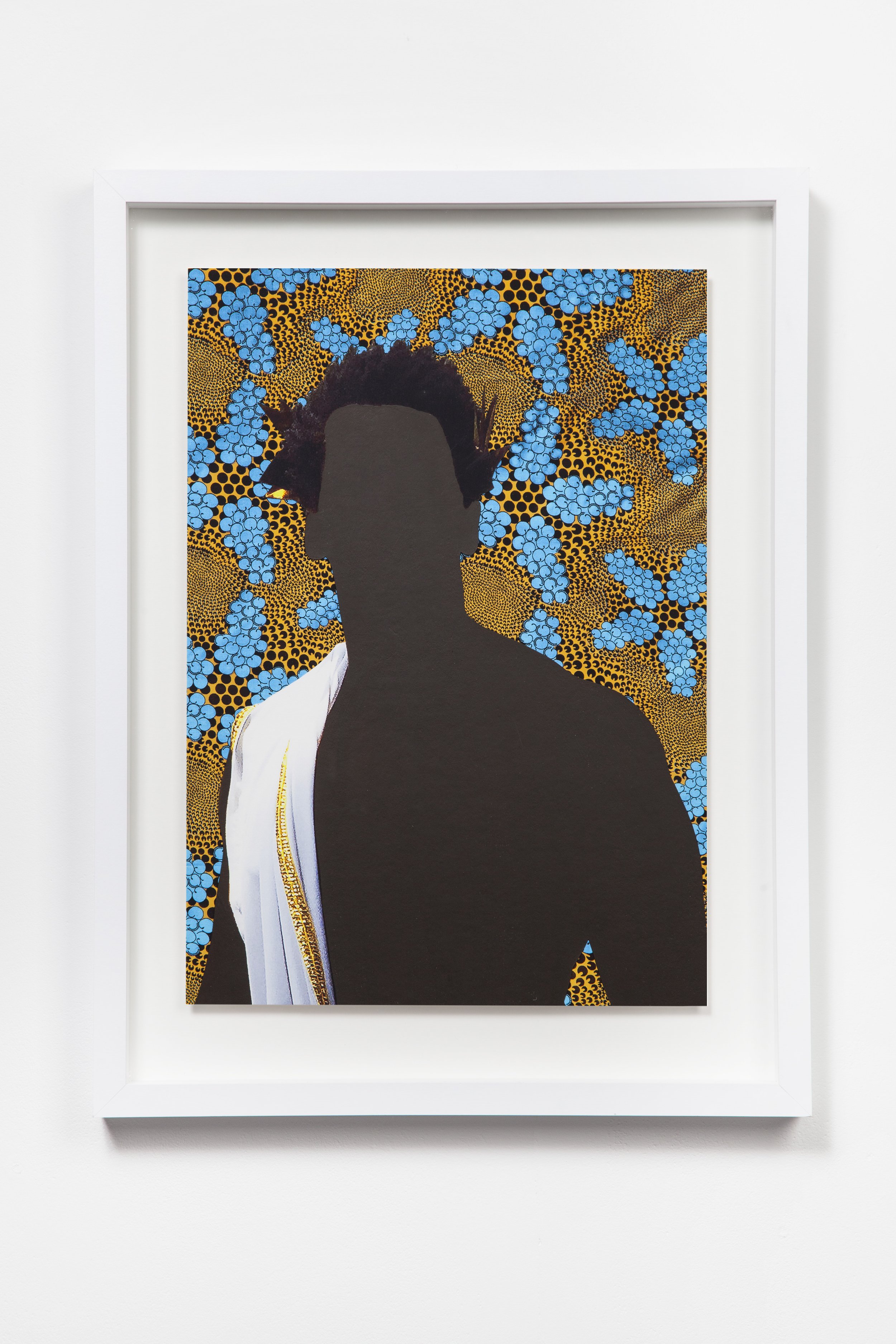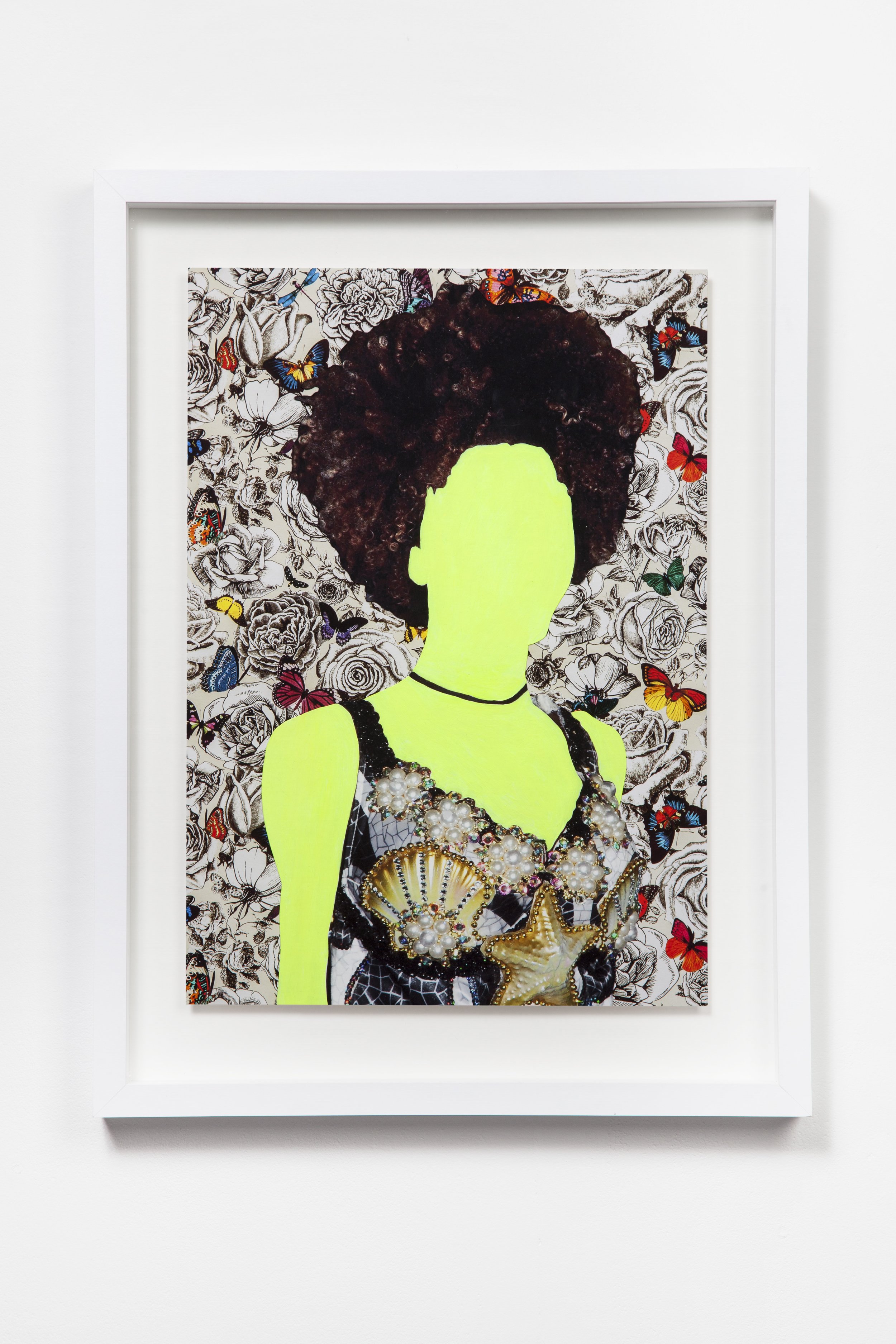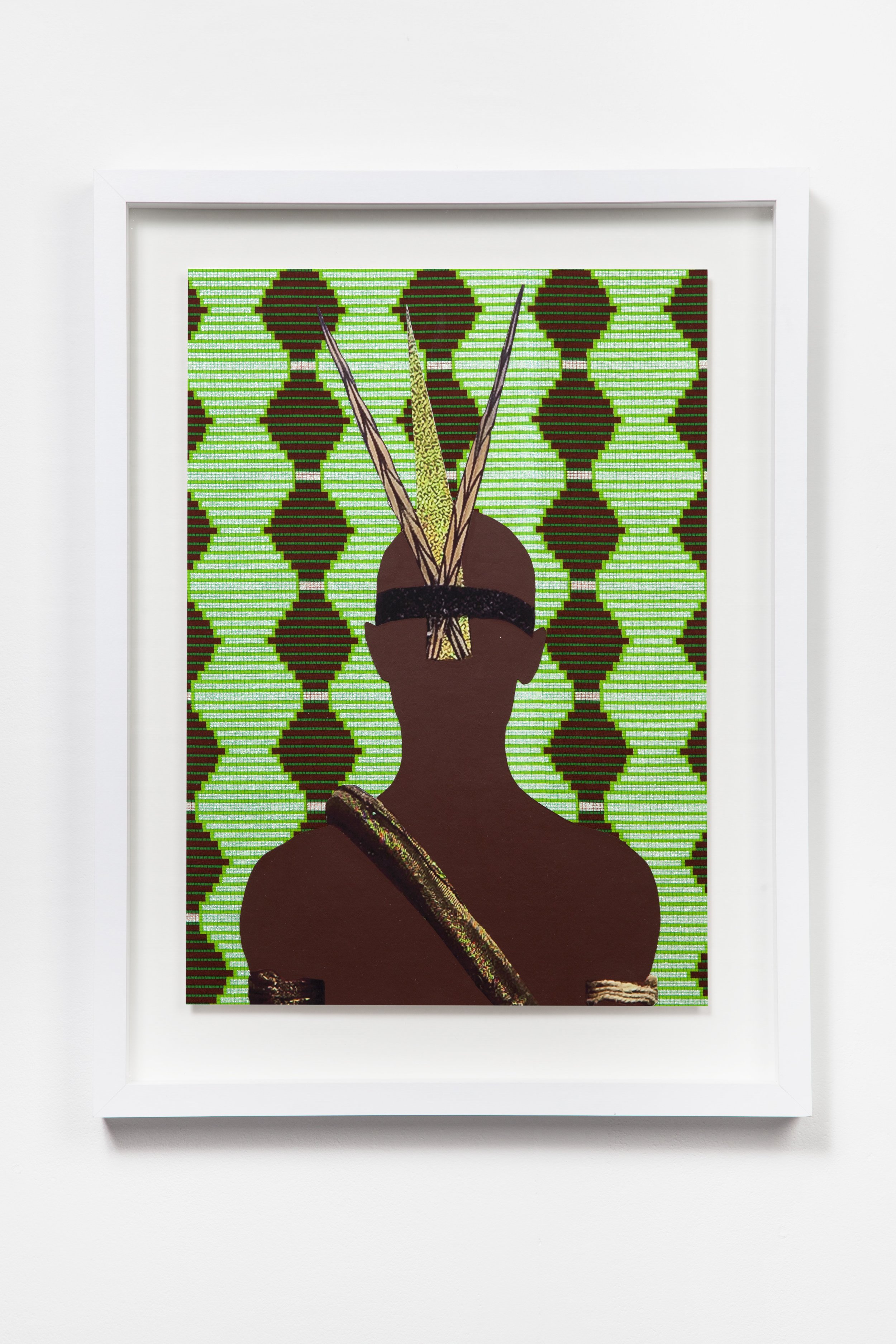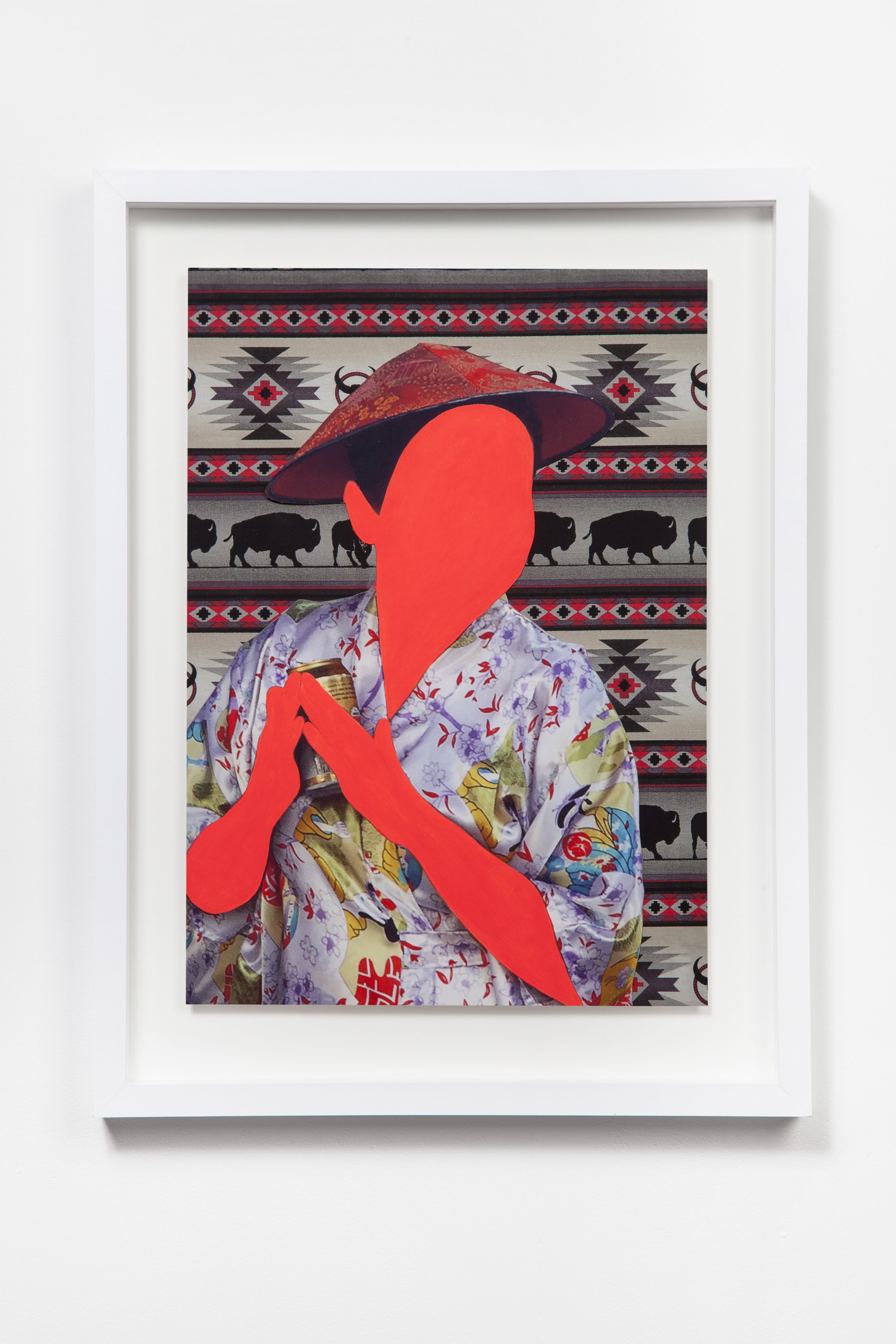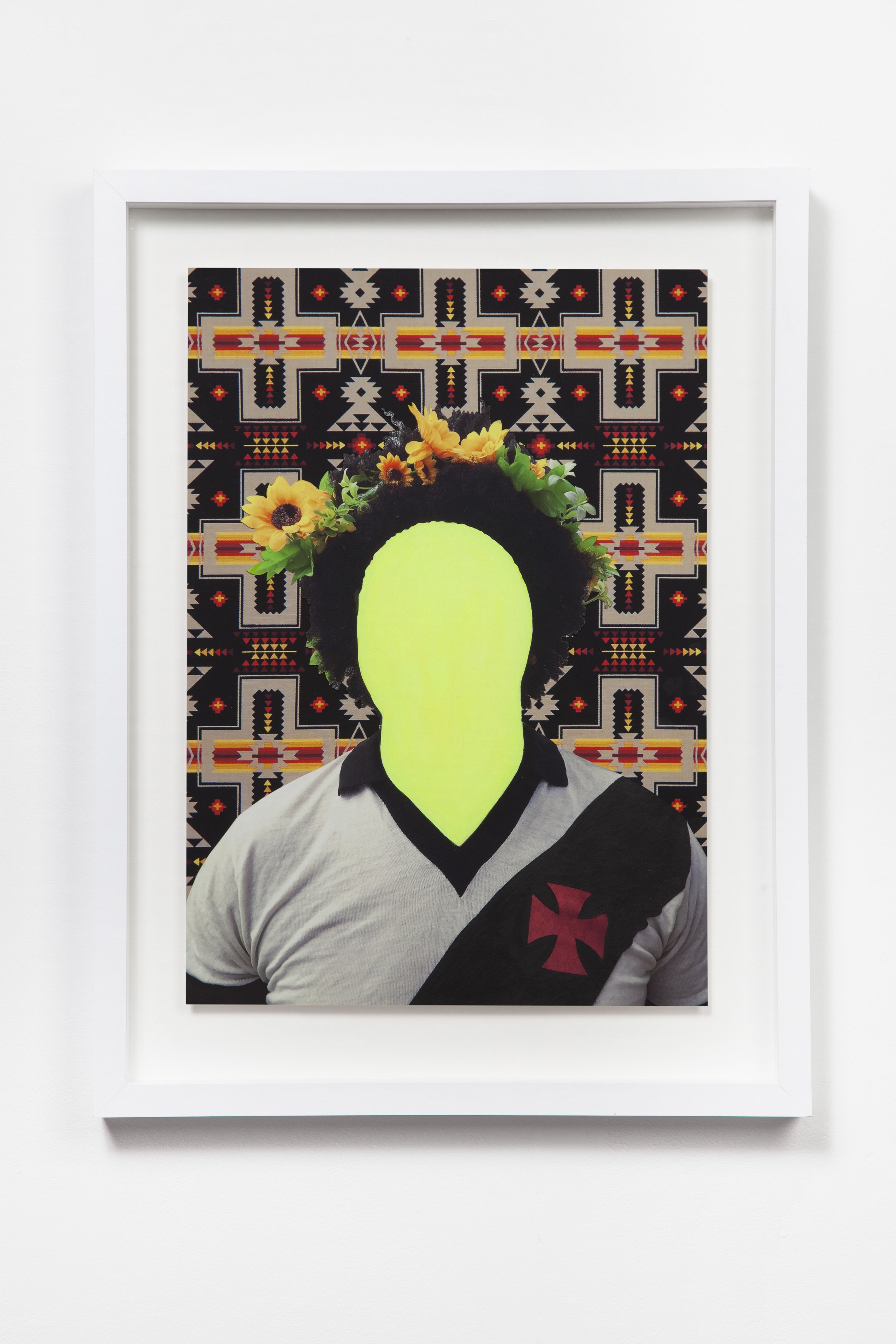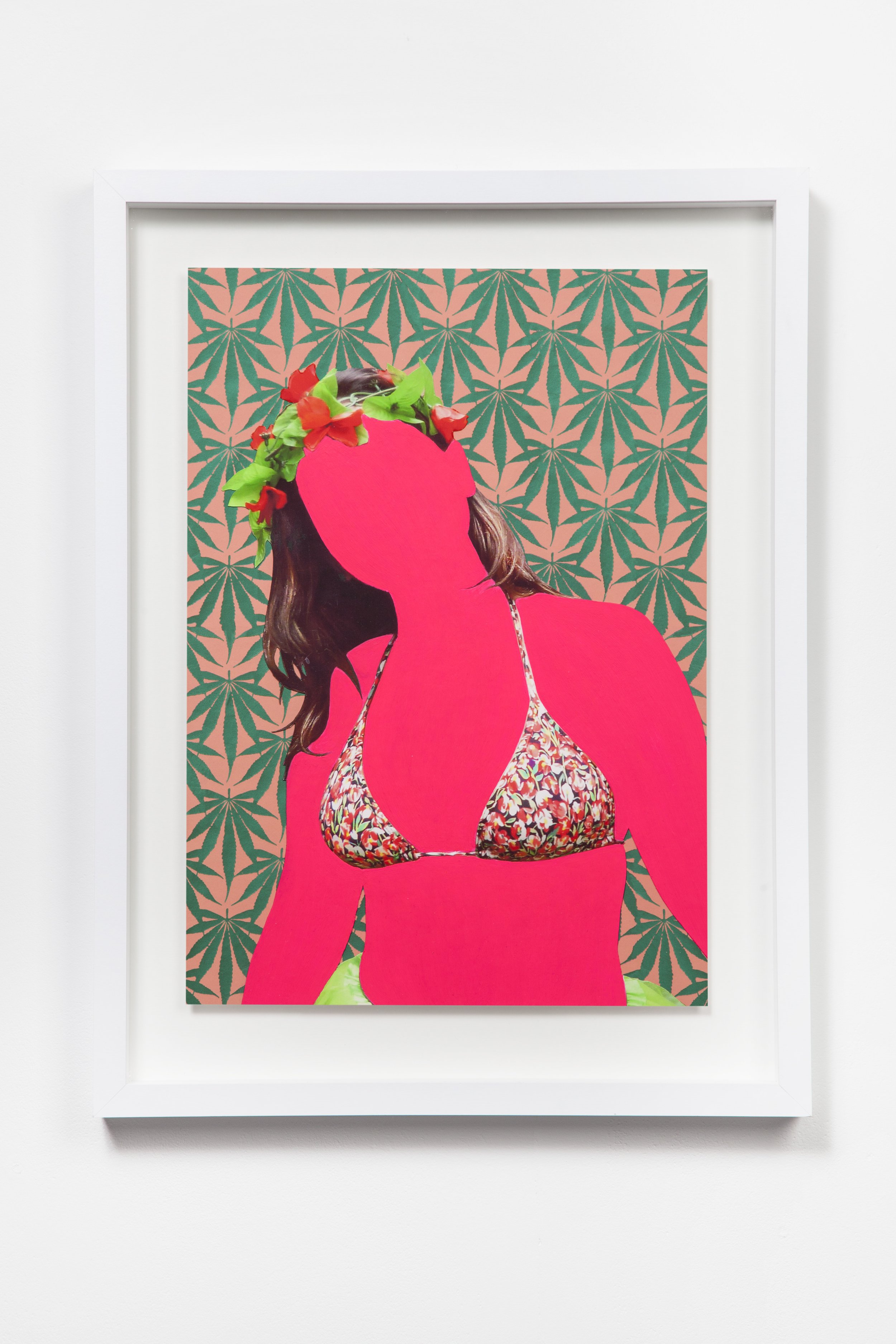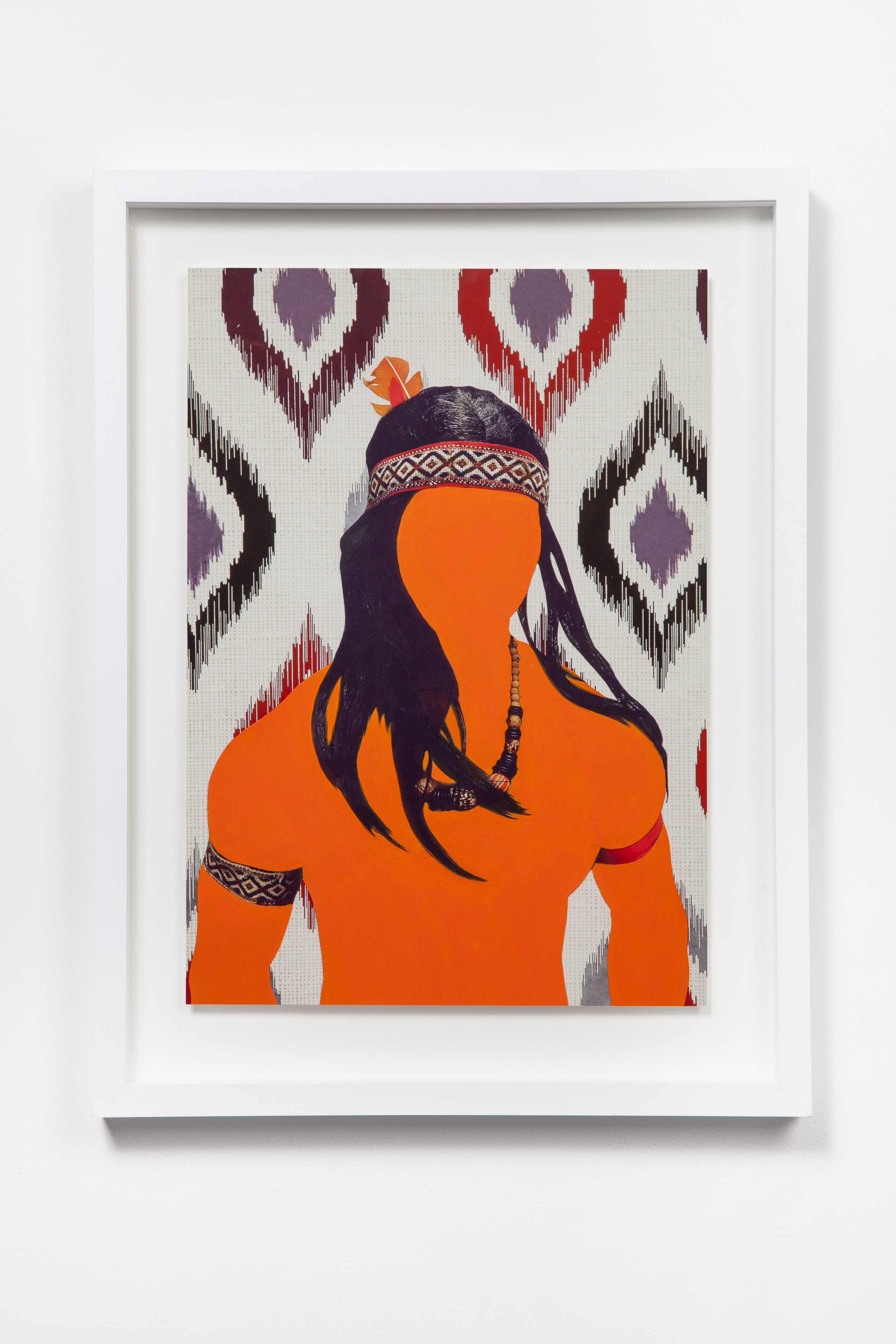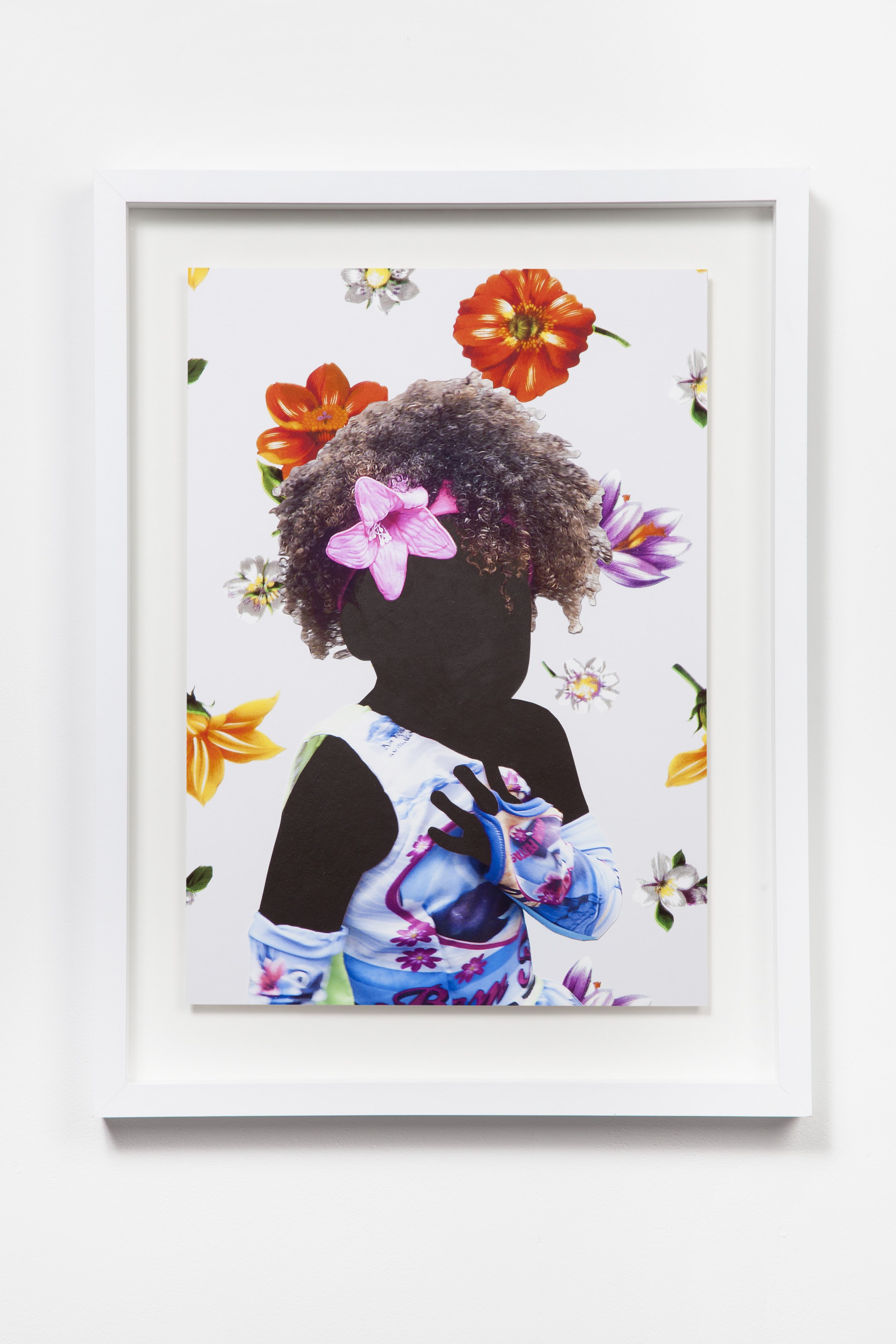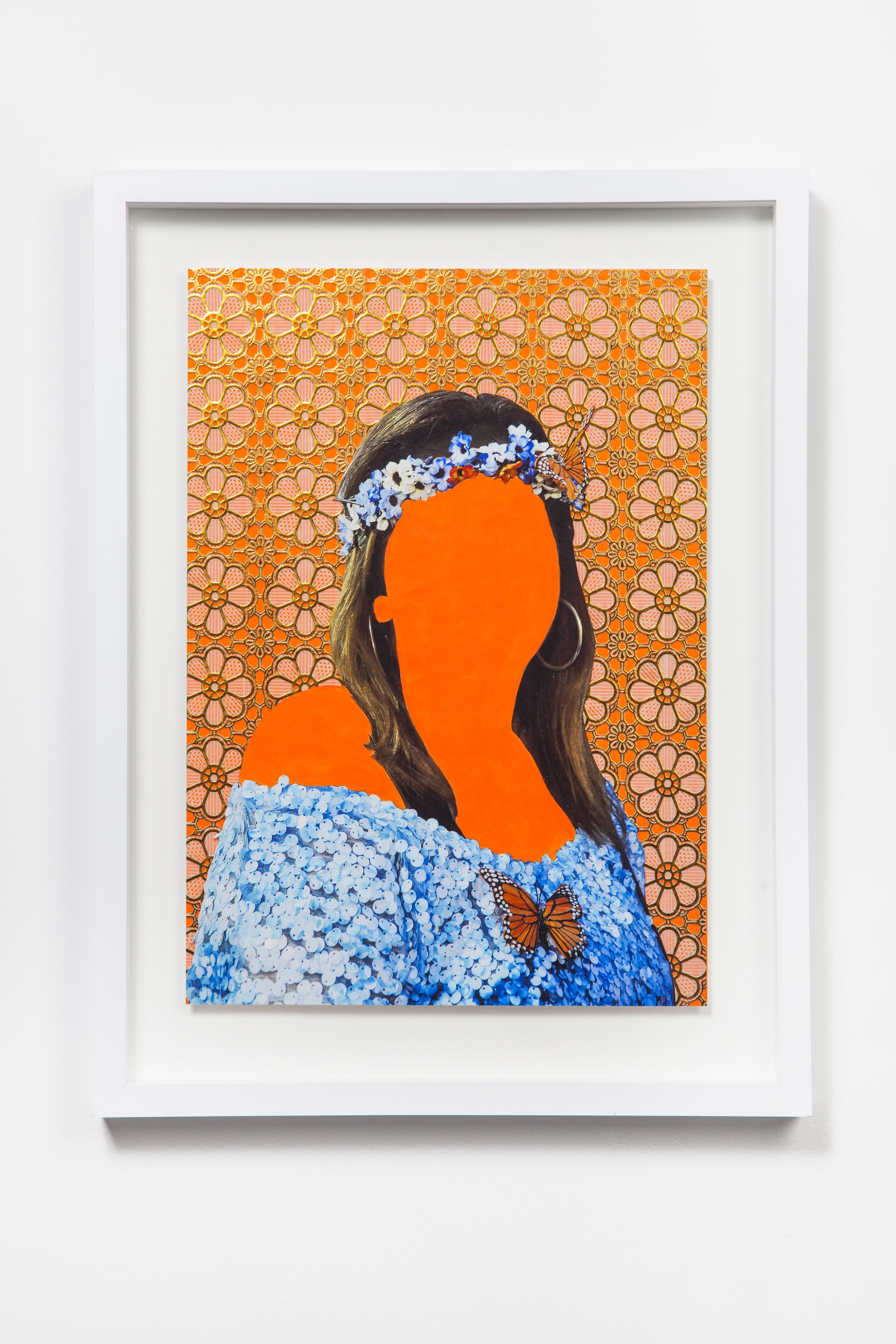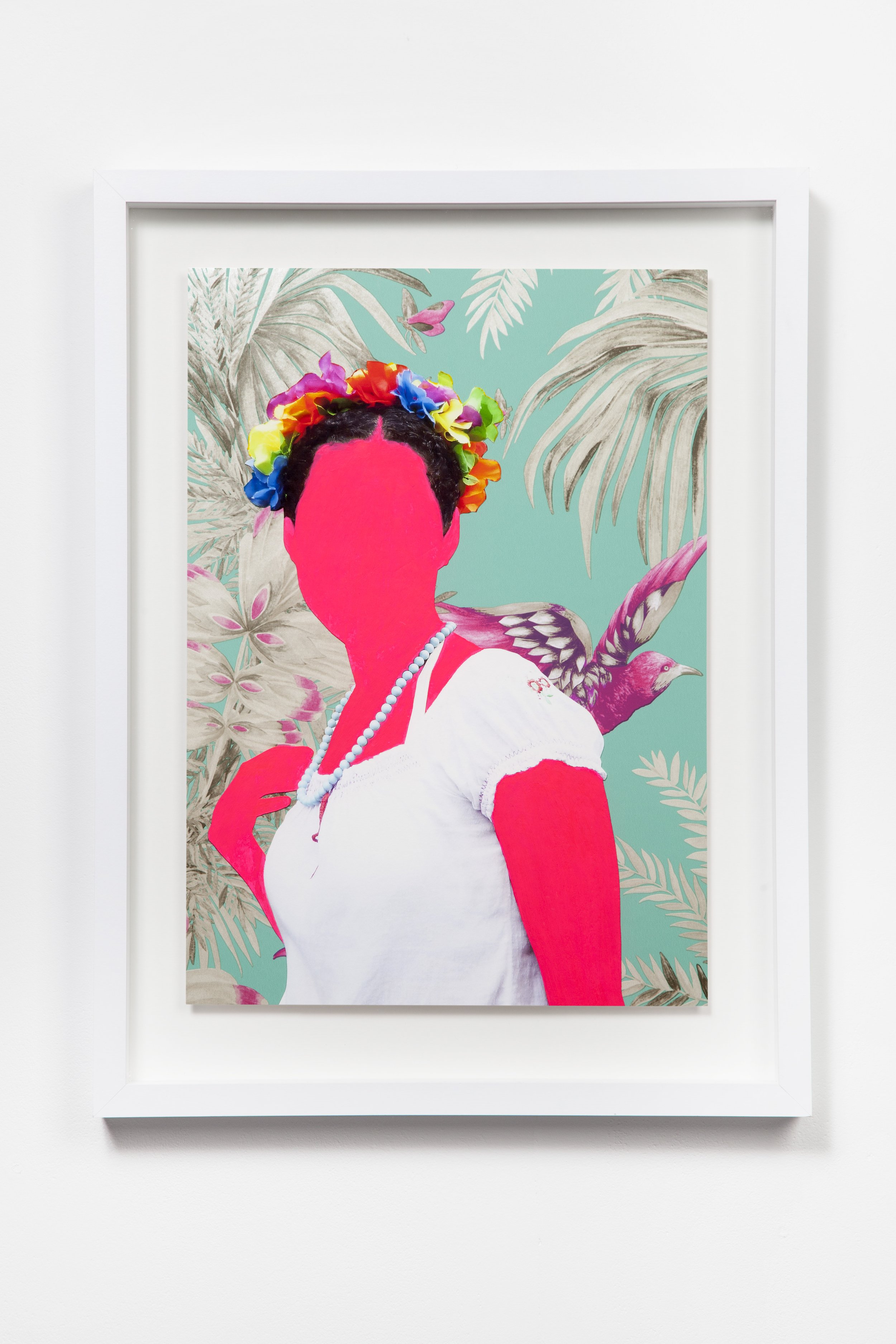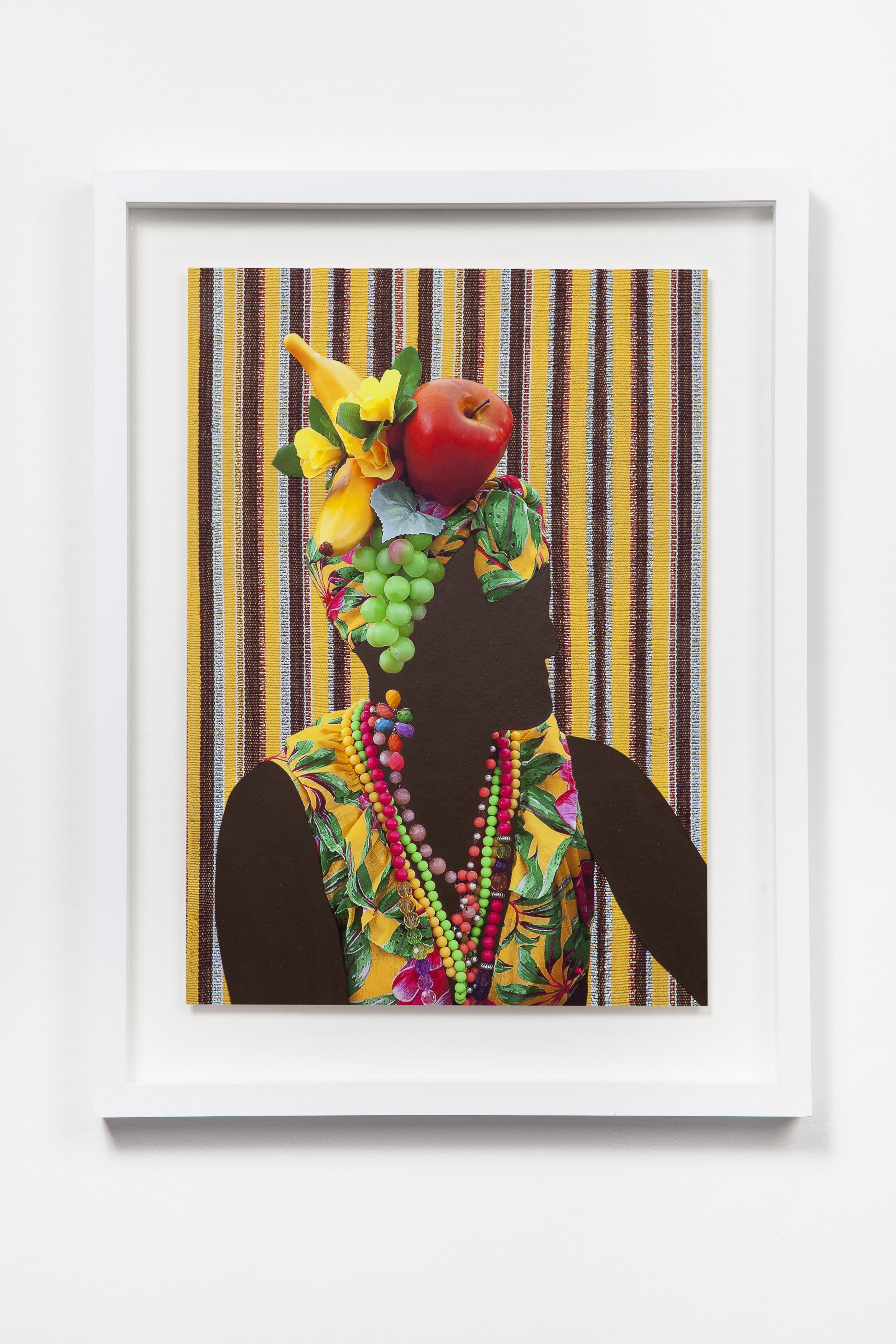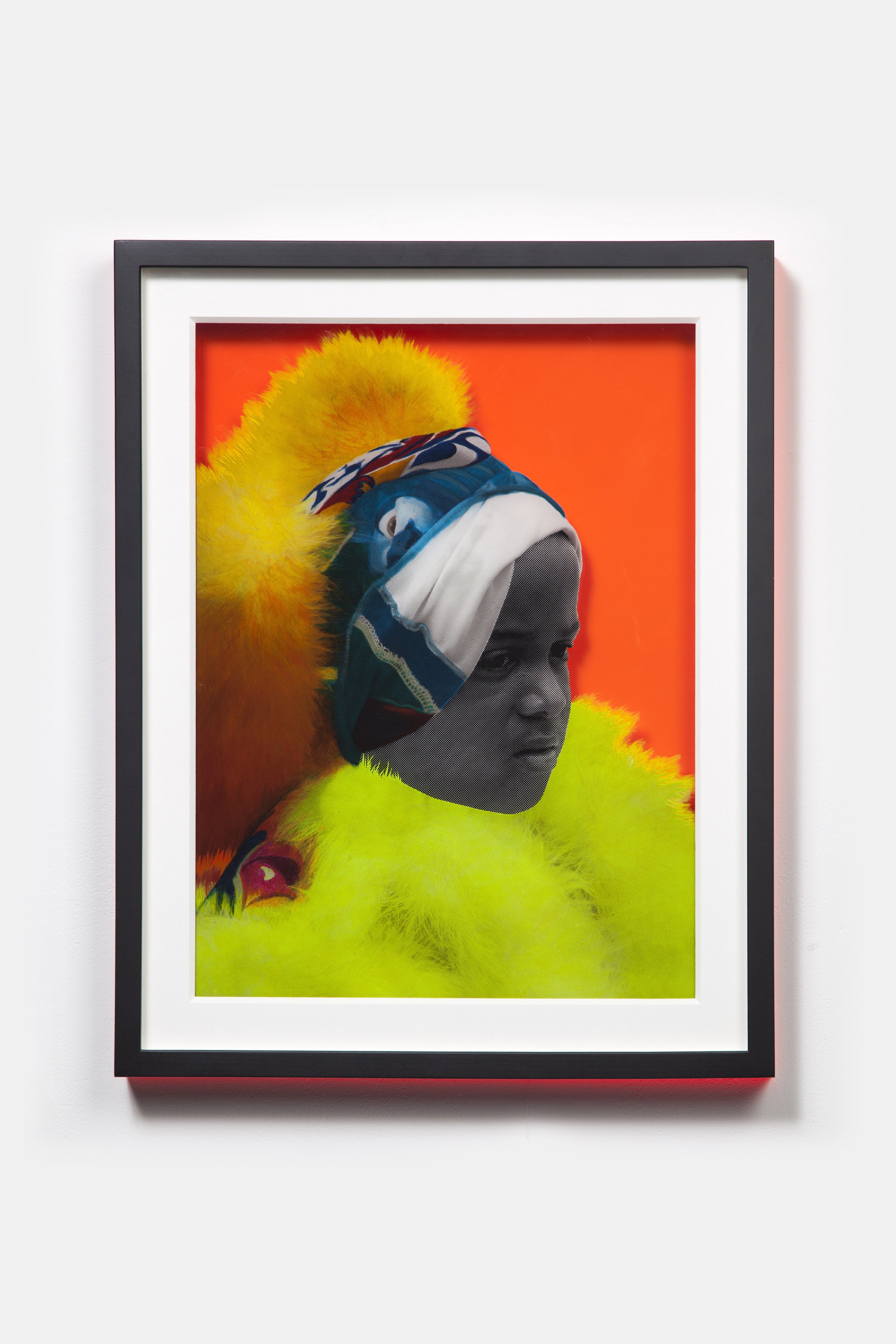The Dance of Colour is a visual exploration of identity and heritage through the colourful lens of the Rio Carnival in Brazil.
Nicola Green was drawn to Brazil because of its complex culture and unique history. 47% of Brazilians identify as mixed-race and there is a unique fluidity between European, African and indigenous heritage. Despite it’s nuanced and problematic history, the country is widely considered to be a harmonious racial democracy in the popular imagination of many Brazilians.
Carnival began as a pagan festival in Ancient Egypt, and was assimilated by the Greeks and Romans. It evolved over time and was overlaid with Christian meaning, becoming associated with the period of lavish Italian costume parties and decadent feasting before Lent. Colonialism and the spread of Christianity meant that Carnival was exported around the world. In Brazil, this European tradition fused with the beliefs of both the indigenous people and the traditions of the estimated 4 million enslaved African people that had been forcibly transported to South America. The mixing of these different cultures created the modern Carnival. Today, Rio Carnival is regarded as a celebration of the country’s mixed heritage, and as a moment of freedom of expression.
Green wanted to visit Brazil to understand and explore how Rio Carnival embodies and carries this history. She immersed herself in the culture and was even lucky enough to dance in the parade at the Sambadromo! She witnessed blocos celebrating afro-Brazilian and indigenous culture, celebrations of Candomblé Orishas, samba schools led by drag queens and Afro-feminist parade floats. She observed how, for many people Carnival is a moment to forget about society’s rules and expectations, the flamboyant costumes, joyous dancing and ecstatic atmosphere allows them to subvert traditional roles and explore their identity more fluidly.
From her experiences, Green created a series two series of artworks, Carnival, Beat and Bate Bola.
Carnival Beat
Carnival Beat is a series of mixed media artworks. To create this work, Green combined various materials and processes of production, overlaying hand-painting and photographic prints with backdrops formed from commonplace Brazilian materials, richly patterned domestic textiles, vinyls, fabrics and wallpapers sourced in markets in Europe and South America. She also used African wax print fabrics that embody the history of cultural exchange and colonialism.
Green’s subjects are concealed by layers of painted vibrant colour, accentuating their choice of costumes and subtleties of gesture. Carnival is an opportunity for people to perform or masquerade their identity as they choose; By masking the figures, Green mirrors a sense of freedom witnessed during the carnival, where everyday identities are subverted by imaginative temporary personas, and the lines between gender, racial, social and sexual identity can become blurred.
By removing the individual persona of the sitter, Green creates a blank canvas on which we can project our own image, stimulating questions of our relationship to those who are different from us. It creates a space in which we can transcend politics and prejudice.
This work embraces a day where normal power structures are temporarily suspended and re-imagined, and, in that moment, the shackles of repression, history, hierarchies and rules are cast aside. Carnival is an enduring and powerful site of both resistance and joy, and Green’s portraits are a vibrant visual metaphor for the possibilities of human understanding and the interwoven nature of cultural heritage.
Bate Bola
The Bate Bola, sometimes referred to as Clovis, are groups that celebrate carnival by dressing up in lavish costumes. Their ensembles are inspired by clowns, harlequins and court jesters combined with contemporary pop culture, particularly animated cartoon or manga characters. The Bate Bola are somewhat limited to favelas of Rio De Janeiro, like the City of God, existing on the periphery of the mainstream celebrations. For the most part, the Bate Bola are revellers and pranksters, with whole families joining in on the fun, but some are gangs associated with violence and unrest.
The Bate Bola’s appearance reflects this duality. Their costumes are constructed from delicate materials, flamboyant sequins and vibrantly coloured furs, they are whimsical and playful. But this is combined with surreal and uncanny elements that can be mysterious and frightening. They embody a carnivalesque blurring of boundaries, mixing tradition and modernity, and disrupting gender, race and class identities.
Nicola Green captured photographs of different Bate Bola groups from within the heart of the action. She transformed her photography of the Bate Bola with bitmapping and silkscreen printing onto perspex. Green then reverse hand painted the costumes, masks and fabrics of each portrait. The portraits are then installed in vibrant quasar frames™.


